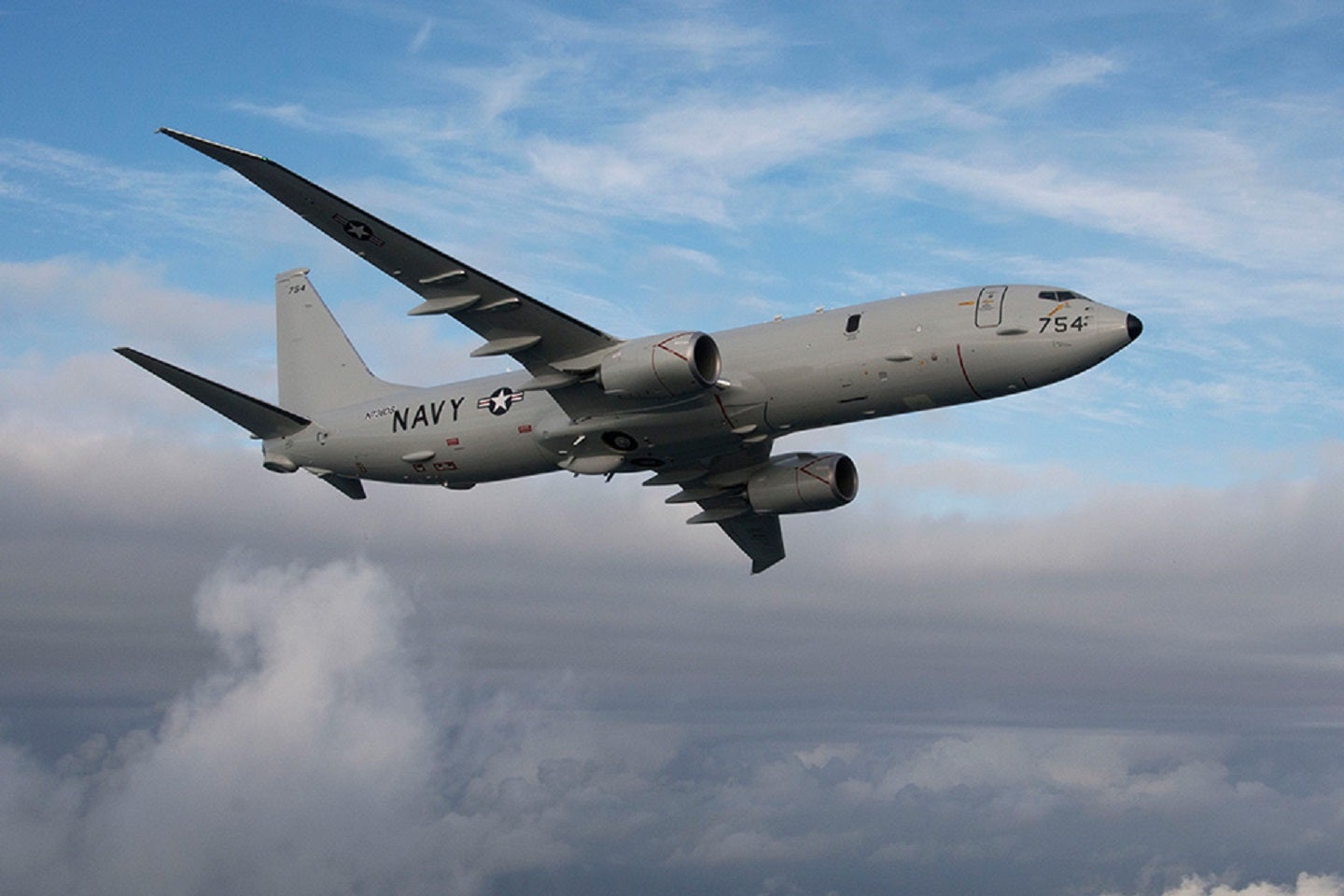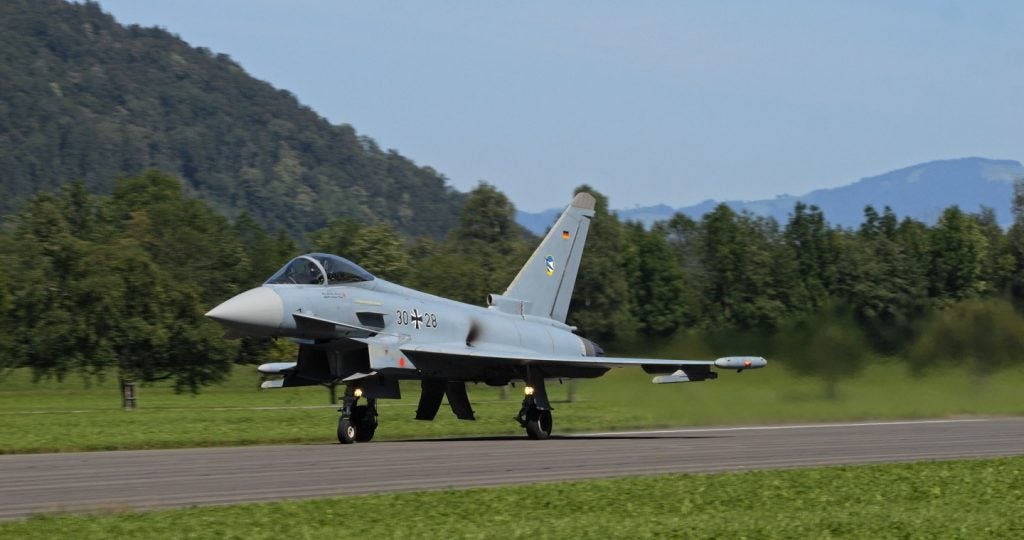
Various US Department of Defense (DoD) contracts have been awarded throughout the past week that respond to the problem of “diminishing manufacturing sources” (DMS) for certain components.
GlobalData defence analyst Harshavardhan Dabbiru states: “This refers to situations where certain parts or components used are no longer produced by their original manufacturers or are becoming harder to obtain.”
The sourcing issue relates to components needed for various aircraft, from the F-35 Lightning II and the P-8A Poseidon, to various uncrewed aerial vehicles (UAVs). This problem is concerning because it may endanger the life-cycle support and viability of the DoD’s aviation equipment and resources.
The recent contracts seek to find ways of delivering aerial systems despite lacking the appropriate components. The contracts show how the DoD is contracting the original equipment manufacturers (OEMs) to conduct non-recurring engineering services, in the case of the F-35 and P-8A contracts. But some contracts even go so far as to show how OEMs are totally redesigning aircraft, in the case of the MQ-4C Triton and the RQ-4 Global Hawk UAVs.
The F-35 and P-8A contracts were awarded to Lockheed Martin for $7bn and Boeing for $12m respectively on 28 April 2023. Northrop Grumman was awarded the $158m Global Hawk contract on 26 April, and the $16.5m Triton contract on 1 May.
Sourcing aviation components
It is not clear what type of component(s) are lacking, or whether it is due to the obsolescence of particular components or the unavailability of components within domestic supply chains.
However, Dabbiru adds: “Boeing may close the P-8’s production line in 2025 if it fails to get any new orders for the aircraft by then. So the existing suppliers whose supply contracts might end in say 2021 or 2022 might not renew their contracts as it will be simply unviable for them to produce the specific parts and components for the programme in small quantities due to diseconomies of scale.
“This might force the OEMs like Boeing, the manufacturer of the P-8A, to look for other suppliers and incorporate small design changes to accommodate the new parts/components. This is likely the case with the P-8A but we cannot say for sure if this is also the case with the high altitude long endurance UAVs like RQ-4 Global Hawk and MQ-4C Triton.”
Impact on defence strategy
Together, the Biden administration and the DoD are tunnel-visioned on delivering expansive support to the US defence industrial base as they try to maintain a competitive millitary advantage over the “pacing threat of China.” Just this week the DoD hosted a meeting to shore up the US battery industry and awarded contracts to support the critical hypersonics industry.
Despite the ongoing development for a more lethal force based on domestic technological innovation, which promises a decisive and sustained military advantage, the US has no room for error.
As the FY2024 budget commits the DoD to spend an increase of $26bn over FY2023 levels, how long will it be until the additional costs of incremental engineering services and redesign ventures reduces the impact of the government’s strategic defence policy?







